This is an octopus resting on a reef.
Click on image for full size
Windows Original, adapted from Corel Photography
Molluscs
The phylum Mollusca contains a variety of animals, including snails, octopi and squid, along with lesser known creatures like Cowry and Limpets. Over 90,000 species of molluscs fall into the Gastropoda class. The beautiful shells you see when walking along the beach were probably part of this class at one time. They are rather simple creatures, feasting on sponges or other small animals. Some live near reefs, while others prefer the mud or even sandy shores.
Oysters, scallops and clams are part of the Bivalvia class because they have two shell halves compared to the Gastropods, which only have one. Bivalves enjoy tiny organisms like plankton and sometimes algae. They aren't as beautiful as the Gastropods, but they make a much better dinner!
Finally, there are the Cephalopods, probably the most famous molluscs but
also the most mistaken. Cephalopods are more biologically advanced than the other molluscs, so many people don't realize they are all in the same phylum. Squids and octopi are the most common cephalopods, and they are also the largest. Some giant squids can reach lengths of 50 feet! These larger animals, like the octopus in the image, eat fish, crustaceans and other molluscs.
You might also be interested in:
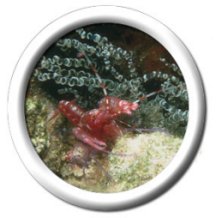
Crabs aren't the only crustaceans in the sea! The Cirripedia class is also very common. You probably know this class by its more common name, Barnacle. Barnacles are small, rounded animals generally found
...more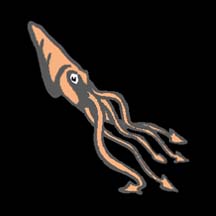
People do not often see giant squid, which live in the deep ocean. In fact, less than 50 giant squid have ever been seen. So when a giant squid was found dead on a beach in Hobart, Tasmania, Australia
...more
The most widely known echinoderm is the sea star, or starfish. But the echinoderm phylum also includes sea urchins, sea lilies and brittle stars. The echinoderms are very well known, but most people actually
...more
An eel is a long, thin creature that looks like a snake in the ocean! Eels range from a few inches to 6 feet in length. Many are very colorful and occasionally scary! Most eels live near corals where
...more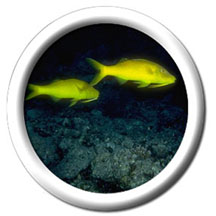
The Mullidae family is more commonly known as the Goatfish. These special fish have the unique ability to change colors! They find their homes in coral reefs, sand or possibly seagrass. The Goatfish range
...more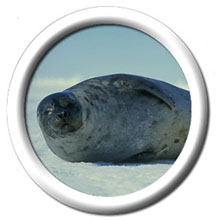
Seals are carnivorous animals that live partly in the ocean and partly on land. Most seals come on land to mate and to moult (shed their hair). But, seals can live up to 90% of their life in the water.
...more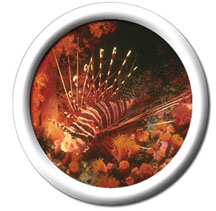
One of the reasons there are so many divers is the number of strange animals there are to observe. There are thousands of species of fish in the sea, and several of them are very peculiar. Many of them
...more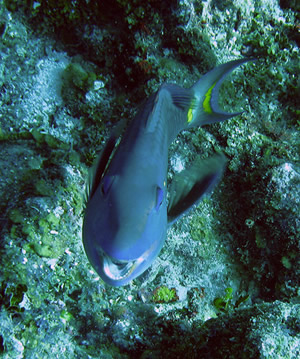
The health of coral reef ecosystems is endangered by many different forces – warming seas, carbon dioxide, diseases, fishing, and pollution to name a few. Can reefs recover once they become unhealthy?
...more















